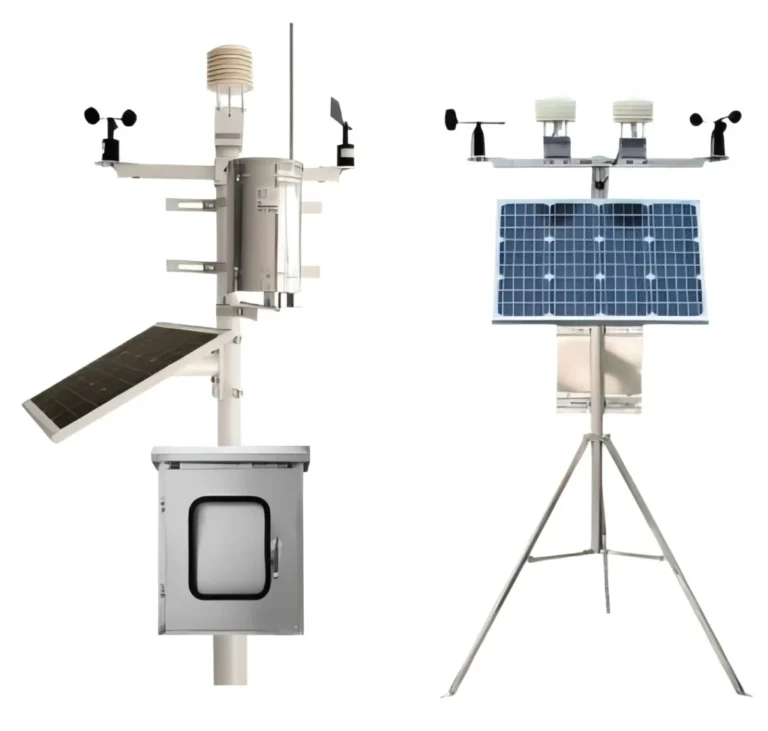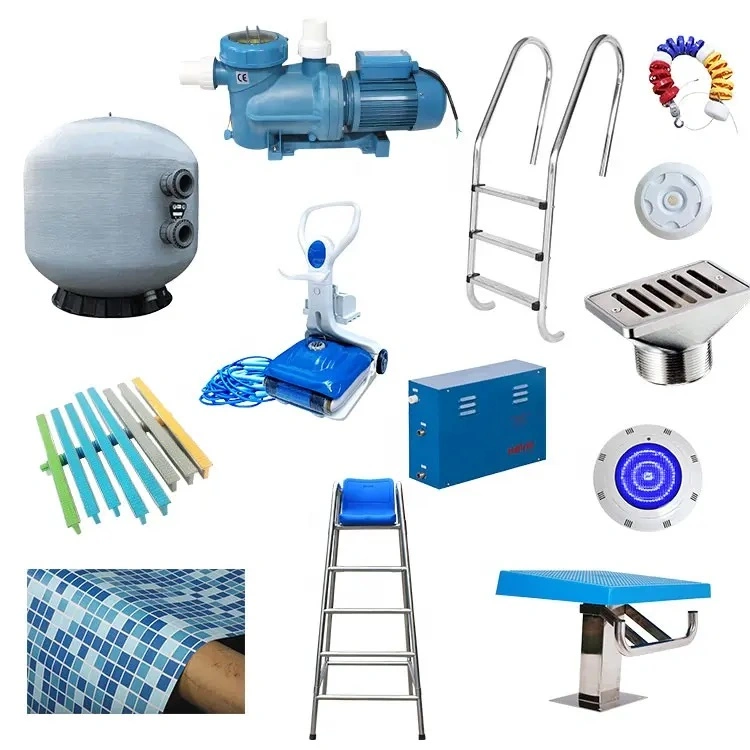Particle Counter: A Comprehensive Guide to Understanding and Utilizing Particle Counting Technology

# Particle Counter: A Comprehensive Guide to Understanding and Utilizing Particle Counting Technology
## Introduction to Particle Counters
Particle counters are essential tools in various industries, including pharmaceuticals, semiconductor manufacturing, and cleanroom environments. These devices measure the concentration and size distribution of particles in the air or liquid, providing critical data for maintaining quality and safety standards.
## How Particle Counters Work
Particle counters operate by drawing a sample of air or liquid through a detection chamber. As particles pass through the chamber, they interact with a light source, typically a laser. The scattered light is then detected by a sensor, which converts the light signals into electrical pulses. The size of the particles is determined by the intensity of the scattered light, while the concentration is calculated based on the number of pulses detected over a given period.
### Types of Particle Counters
There are several types of particle counters, each designed for specific applications:
– **Optical Particle Counters (OPCs):** These are the most common type, using light scattering to detect and size particles.
– **Condensation Particle Counters (CPCs):** These devices grow particles to a detectable size by condensing vapor onto them, making them ideal for detecting ultrafine particles.
– **Electrostatic Particle Counters:** These use electrical charges to detect and count particles, often used in high-precision environments.
## Applications of Particle Counters
Particle counters are used in a wide range of applications, including:
– **Cleanroom Monitoring:** Ensuring that cleanrooms meet stringent particle concentration standards.
– **Pharmaceutical Manufacturing:** Monitoring the environment to prevent contamination of drugs.
– **Semiconductor Fabrication:** Maintaining ultra-clean environments to prevent defects in microchips.
– **Indoor Air Quality Assessment:** Evaluating the air quality in buildings to ensure a healthy environment.
## Choosing the Right Particle Counter
Selecting the appropriate particle counter depends on several factors:
– **Particle Size Range:** Ensure the counter can detect the size range relevant to your application.
– **Sampling Flow Rate:** Higher flow rates can provide more accurate results but may require more power.
– **Environment:** Consider whether the counter will be used in a cleanroom, industrial setting, or outdoor environment.
– **Data Logging and Analysis:** Advanced models offer data logging and analysis features for comprehensive monitoring.
## Maintenance and Calibration
Regular maintenance and calibration are crucial for ensuring the accuracy and reliability of particle counters. This includes:
– **Cleaning the Detection Chamber:** Removing any accumulated particles to prevent false readings.
– **Calibrating the Sensor:** Ensuring the sensor is accurately detecting and sizing particles.
– **Replacing Filters and Consumables:** Regularly replacing filters and other consumables to maintain optimal performance.
## Conclusion
Particle counters are indispensable tools for maintaining high standards of quality and safety in various industries. By understanding how they work, their applications, and how to choose and maintain them, you can effectively utilize particle counting technology to meet your specific needs. Whether you’re monitoring a cleanroom, ensuring pharmaceutical quality, or assessing indoor air quality, a particle counter is a critical component of your toolkit.
Keyword: particle counter


